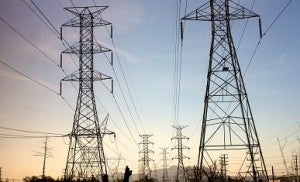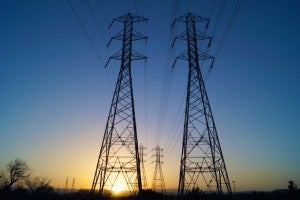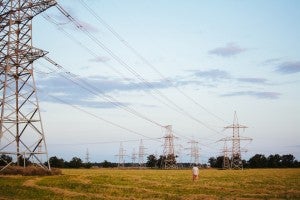 If you have ever worked in the service industry and dealt with a difficult customer (or even seen one in action), you are likely inclined to recall the oft-used adage, “the customer is always right.” Clichéd as that phrase may be, it is not without merit. Here at Environmental Defense Fund (EDF), we believe the same truism applies to how utilities approach providing electricity.
If you have ever worked in the service industry and dealt with a difficult customer (or even seen one in action), you are likely inclined to recall the oft-used adage, “the customer is always right.” Clichéd as that phrase may be, it is not without merit. Here at Environmental Defense Fund (EDF), we believe the same truism applies to how utilities approach providing electricity.
In a recent ruling issued in the Integrated Distributed Energy Resources (IDER) proceeding, California Public Utilities Commission (CPUC) Commissioner Michel Florio found, quite properly, that utility business models need to be evaluated in order to put more customer and third party-owned distributed energy resources, like rooftop solar and energy storage onto the grid. Currently, utilities receive a rate of return if they build infrastructure necessary to support our central power grid (like pipelines for our aging natural gas system). If clean, distributed energy sources make that infrastructure less essential, it could jeopardize the utilities’ revenue stream, thereby discouraging them from including these cost-effective energy resources in our power mix. Read More










 America got a rare unanimous decision from the Supreme Court this week in a case that has widespread implications for our electric grid, as well as the markets and regulations that govern and move it.
America got a rare unanimous decision from the Supreme Court this week in a case that has widespread implications for our electric grid, as well as the markets and regulations that govern and move it. Localized power grids that have the ability to disconnect from the main, centralized grid – known as microgrids – have become one of the electricity industry’s latest darlings. Particularly after Hurricane Sandy knocked out electric generators and wires along the Northeast coast in 2012, urban and utility planners have been devising localized grids that can operate autonomously, strengthen the overall power system’s reliability and resilience, and protect critical infrastructure like hospitals, water treatment facilities, and police stations in the event of a grid-wide outage.
Localized power grids that have the ability to disconnect from the main, centralized grid – known as microgrids – have become one of the electricity industry’s latest darlings. Particularly after Hurricane Sandy knocked out electric generators and wires along the Northeast coast in 2012, urban and utility planners have been devising localized grids that can operate autonomously, strengthen the overall power system’s reliability and resilience, and protect critical infrastructure like hospitals, water treatment facilities, and police stations in the event of a grid-wide outage. California has a nice problem: It’s producing so much clean solar energy that the state’s electric grid is at capacity, and sometimes beyond.
California has a nice problem: It’s producing so much clean solar energy that the state’s electric grid is at capacity, and sometimes beyond. By:
By:  Ohio has been busy. On the one hand, it has been
Ohio has been busy. On the one hand, it has been